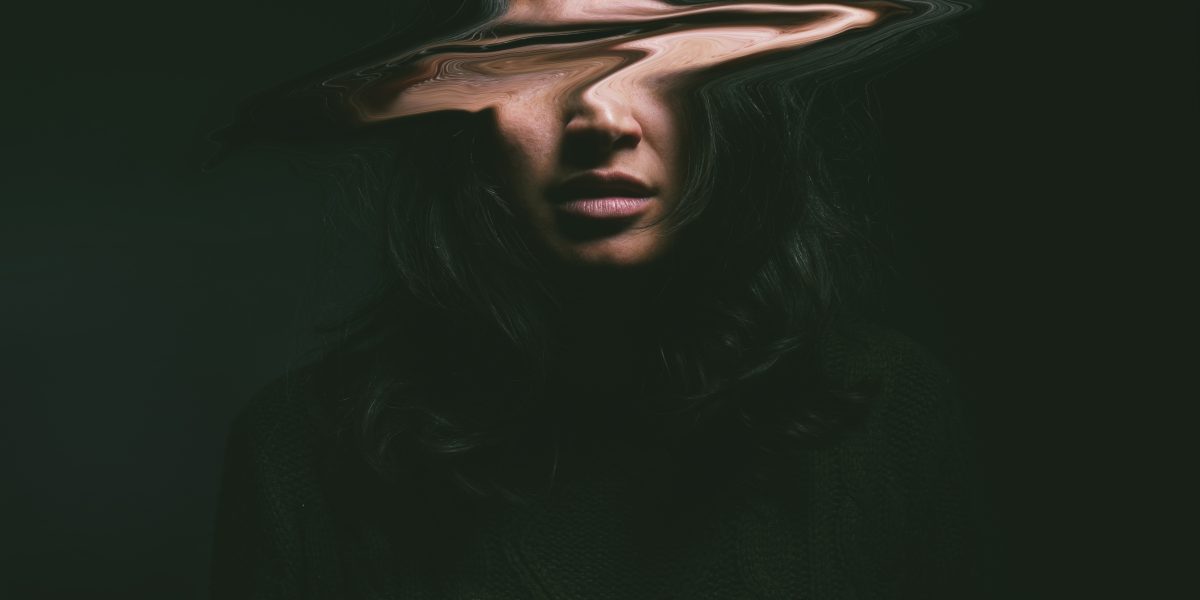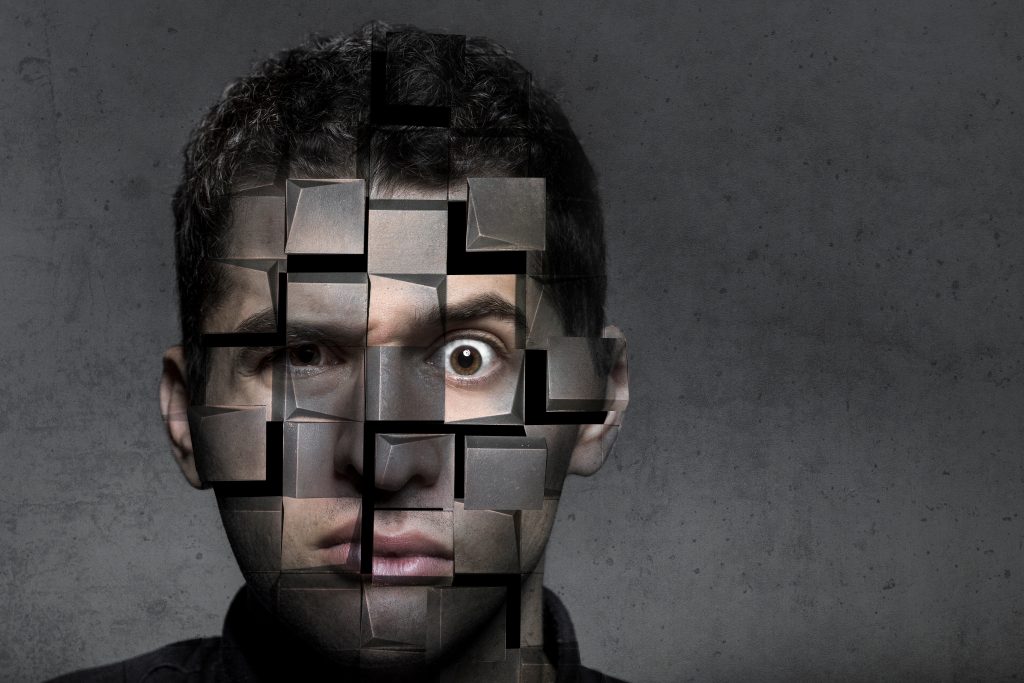
in this article
- Recreational Use of Psychedelics
- Personality Factors
- Fears Surrounding Psychedelics and Mental Health
- Post-Trip Visual Changes vs. HPPD
Are you 18 or older?
Please confirm that your are 18 years of age or older.
You are not allowed to access the page.

Disclaimer: The views and opinions expressed in this article are those of the authors and do not necessarily reflect the official policy or position of the Chemical Collective or any associated parties.
Hallucinogen persisting perception disorder (HPPD) is a rare condition that can develop after psychedelic use. HPPD involves persisting visual changes that cause emotional distress and/or impairment to functioning. It is not clear precisely how prevalent the condition is, although its prevalence is considered low. In one study, 4.2% of participants said they experienced continued visual effects after a trip that were distressing. HPPD can also include non-visual symptoms (e.g. somatic, emotional, and cognitive symptoms), as well as be triggered by non-psychedelic drugs.
But given that HPPD is an uncommon condition, this raises questions about what, exactly, triggers it. What puts someone at risk of developing HPPD more than someone else? These risk factors will be the focus of this article. Understanding these risk factors will be crucial as psychedelic drug laws continue to be liberalised around the world. HPPD can, for some people, negatively affect their quality of life. If we can identify ways to reduce the likelihood of it occurring, then people will be able to use psychedelics more safely. So far, however, HPPD (including its causes and treatments) is under-researched.
Hallucinogen persisting perception disorder (HPPD) is a rare condition that can develop after psychedelic use. HPPD involves persisting visual changes that cause emotional distress and/or impairment to functioning. It is not clear precisely how prevalent the condition is, although its prevalence is considered low. In one study, 4.2% of participants said they experienced continued visual effects after a trip that were distressing. HPPD can also include non-visual symptoms (e.g. somatic, emotional, and cognitive symptoms), as well as be triggered by non-psychedelic drugs.
But given that HPPD is an uncommon condition, this raises questions about what, exactly, triggers it. What puts someone at risk of developing HPPD more than someone else? These risk factors will be the focus of this article. Understanding these risk factors will be crucial as psychedelic drug laws continue to be liberalised around the world. HPPD can, for some people, negatively affect their quality of life. If we can identify ways to reduce the likelihood of it occurring, then people will be able to use psychedelics more safely. So far, however, HPPD (including its causes and treatments) is under-researched.

The first thing to note is that HPPD is very rare in clinical psychedelic trials, although there has been a case of a woman who was left with HPPD, along with other diagnosed conditions, after participating in Braxia’s psilocybin trial for treatment-resistant depression. The possibility of developing HPPD after a psychedelic trial, or psychedelic therapy more generally, should certainly be discussed more. HPPD is not a non-existent risk in these contexts.
Nonetheless, HPPD occurs almost entirely outside of clinical settings. There are several reasons why non-clinical uses of psychedelics can make HPPD symptoms more likely to occur.
Pre-Existing Mental Health Conditions
First, certain mental health conditions that are sometimes associated with visual changes (e.g. schizophrenia) are typically screened out of clinical trials. In an uncontrolled, recreational context, someone with a psychotic disorder (or a family history of one) may end up using psychedelics, increasing their risk of developing HPPD.
Abuse of Psychedelics
Second, there seems to be a greater likelihood of developing HPPD following the abuse of psychedelics. What this ‘abuse’ consists of might be up for debate, but it tends to involve binges, frequent use, and higher and higher doses to overcome the tolerance one develops through regular use. Another sign of abusing psychedelics would be using them regularly enough that others notice you’ve changed in unhealthy ways. This might include becoming detached from reality, experiencing delusions (e.g. paranoid or grandiose delusions), struggling at school or work, and neglecting healthy habits or responsibilities. If you want to minimise the risk of HPPD, it seems wise to avoid heavy psychedelic use. However, this condition does not only occur in people who abuse psychedelics, as the Braxia trial participant was told by a doctor.
Challenging Experiences
A 2018 paper – whose authors include John H. Halpern and Torsten Passie (two experts on HPPD) – suggests that the risk of HPPD increases if one has a challenging psychedelic experience. This would be a typical ‘bad trip’ including intense reactions of fear, anxiety, dread, paranoia, panic, dysphoria, confusion, overwhelm, and the feeling of ‘going insane’ or dying.
While these reactions can occur in a clinical context, they’re more likely to occur in an uncontrolled, unsupervised environment. Such experiences can also be more likely to occur in underground, poorly run, or unscrupulous psychedelic ceremonies, where there is inadequate preparation, psychological support, and integration.
Taking these factors together, they do not mean that using psychedelics outside of a clinical context is inherently riskier. With the right kind of preparation, support in place, and attention paid to integration, you can minimise the risk of HPPD.
The researchers Alexander Irvine and David Luke explored some of the personality factors that influence different experiences of HPPD. In a 2022 study, published in the Journal of Psychedelic Studies, they investigated visual processing style and personality differences across two HPPD types (HPPD I and HPPD II) and a non-HPPD group. (HPPD I, Type 1, refers to episodic ‘flashback’ experiences, while HPPD II, or Type 2, describes more consistent, long-term visual changes.)
Irvine and Luke found that the HPPD I group had higher absorption and visual apophenia scores than the other groups. (Absorption refers to the tendency to get deeply immersed in sensory stimuli, mental imagery, and altered states of consciousness. Visual apophenia is the tendency to detect meaningful patterns in visual noise, an example of which would be seeing faces in clouds, a type of visual apophenia called face pareidolia.) The HPPD II group, in contrast, showed significantly higher trait anxiety than both other groups.
Higher absorption and visual apophenia were also associated with more positive or neutral experiences of HPPD (we’ll discuss the positive or neutral nature of post-trip visuals later on), whereas trait anxiety was correlated with negative experiences of persisting visual changes. (Trait anxiety refers to anxiety that shows up as part of your personality, rather than something that appears only in stressful situations.) Based on this research, it appears that being more prone to anxiety can increase the risk of distressing visual changes occurring after a trip. In this case, someone prone to anxiety should perhaps pay closer attention to their pre-existing mental state before and after the trip. Anxiety appears to be closely linked with HPPD, and being able to reduce anxiety surrounding persistent visual changes is one way that many people are able to deal with it.
Passie has similarly suggested a link between personality traits and HPPD: he points out that HPPD symptoms are more likely to occur in people high in absorption, deep imagination, and dissociation, and who may have experienced visual phenomena before they ever used psychedelics.

In a piece for the BBC, journalist Ed Prideaux points out that part of HPPD could be explained by fears surrounding mental health and strange visual phenomena. He writes:
I wanted to get a clearer picture of people’s subjective experiences. So, as part of a Master’s programme earlier this year, I conducted a survey of 830 self-selected people who claimed to have experienced HPPD. My goal was to focus on the distress that accompanies their symptoms, as opposed to the mere experience of unbothersome visual phenomena. I found that just under a quarter were impaired or very impaired by their HPPD symptoms – anxious, scared, exhausted – while around a third weren’t impaired at all.
Three-quarters of the more impaired were often worried that they have “brain damage”. More than 60% of the very impaired believed it was “probably or definitely true” that others will judge them because their condition was created by “illicit drugs”. And more than half of the most impaired believe they can never talk to anyone about the condition….
Around 60% of the most impaired in my survey worry often or very often that they’re “going insane”. Indeed, the fear that one has developed schizophrenia is “extremely common” in the community, according to Alcala, the moderator of the HPPD subreddit. Amid deteriorations in stigma towards schizophrenia over the last three decades, the naked fact of “seeing things” can activate culture-bound fears of being “crazy”. It is indicative that there may be fewer (or no) cases of clinical HPPD among Navajo Native American users of peyote, whose culture is more accepting of psychedelics than ones in which the drugs are criminalised.
So perhaps if cultural fears surrounding mental health and visual phenomena were reduced, and psychedelics were not criminalised or stigmatised, HPPD would be less likely to manifest. People may continue to experience post-trip visual changes, but they may cease to be a cause of distress – a defining feature of HPPD.
There is debate about how we should define HPPD. I have so far used the clinical definition that views distress and/or life impairment as essential to the definition. After all, this is how any mental ‘disorder’ is defined. If the experience isn’t a source of suffering or disruption to functioning, then it is not considered a condition you would seek treatment for.
It is common, however, for psychedelic users to refer to post-trip visual changes they experience as HPPD, even if these changes are untroublesome. Indeed, as we saw in Irvine and Luke’s research, some users not only don’t mind post-trip visuals; they might enjoy them too.
It may be useful to use the two labels ‘post-trip visual changes’ and ‘HPPD’ to distinguish between different kinds of experiences. While some of this distinction may be partly explained by personality and cultural attitudes, post-trip visuals can also differ in their intensity and quality. In some cases, the changes are mild, short-lived, and not disturbing, whereas in other cases, the effects are strong, long-lasting, and possibly unsettling (e.g. face pareidolia, perhaps showing up as seeing ugly or evil-looking faces in objects).
It appears that post-trip visual changes are much more common than diagnosable HPPD (as evidenced by surveys here and here). While it is still not fully understood why lingering perceptual changes occur after psychedelic use, knowing that they’re common (and that they tend to lessen with time) can help people come to terms with them. But in cases where time does not heal them, it’s important for those distressed by them to find ways to reduce, eliminate, or manage them. Healthy lifestyle changes, minimising anxiety, and taking a break from psychedelics and cannabis are often effective strategies in this respect.
Sam Woolfe | Community Blogger at Chemical Collective | www.samwoolfe.com
Sam is one of our community bloggers here at Chemical Collective. If you’re interested in joining our blogging team and getting paid to write about subjects you’re passionate about, please reach out to David via email at blog@chemical-collective.com

Welcome to Chemical Collective.
Create an account to earn 200 welcome points.
Already have an account? Sign in


Check out our Community Blog and get involved with the conversation. You will be awarded 50 x ChemCoins for each comment up to a limit of 250 total ChemCoins.


Have you purchased any of our products? Reviews and reports are so important to the community. Share your honest opinion, and we’ll reward you with 50 ChemCoins for each review!


Every time you complete an order with us, you’ll be awarded ChemCoins for each Euro spent.
Welcome to Chemical Collective.
Create an account to earn 200 welcome points.
Already have an account? Sign in

Earn commission every time someone makes a purchase through your link.
When you become an affiliate, you will be allocated a unique link to share with your friends, followers, subscribers, or Aunt Susan.
You can choose to payout the commission earned once per month, or save it up to receive on a rainy day! Commission earned is 5% of the total order value per referral.
Contact us to join the Chemical Collective family and become an affiliate.
share your toughts
Join the Conversation.